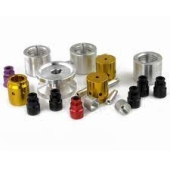
مقدمه
استیل ضد زنگ می تواند با استفاده از رنگ کاری یا عملیات های شیمیایی رنگ شود. سیستم رنگ کاری شامل یک لایه دومی از مواد بر روی سطح استیل ضد زنگ تکیه می کنند، در حالی که سیستم های شیمیایی بر تغییر ضخامت و ماهیت یک لایه اکسیدی پسیو متکی هستند.
Introduction
Stainless steel can be coloured either by the application of paint or by chemical treatments.. Paint systems rely upon introducing a second layer of material onto the surface of the stainless steel whereas chemical systems rely upon altering the thickness and nature of the passive film.
تولید پوشش های رنگی شیمیایی بر روی فولاد ضد زنگ
رنگی کردن استیل های ضد زنگ معمولا به به ورق های استیل محدود می شود، و اگر چه میتوان شکل های دیگر هم نیز رنگی ساخت. ولی تنها ورق های استیل ضد زنگ با بهترین کیفیت می تواند به شکل شیمیایی با موفقیت تولید شود.
این یک فرآیند الکتریکی دو مرحله ای است که نیاز به کنترل دقیق بر پارامترهای عملیات و یک مهارت قابل توجه اپراتور دارد تا رنگ مورد نیاز را بدست آورد.
رنگ تولید شده در نتیجه تاثیر تداخل موج نور و انعکاس نور برگشتی از سطح لایه اکسیدی غیر فعال ضخامت یافته مربوط به سطح استیل ضد زنک و لایه اکسیدی است . طیف وسیعی از رنگها به عنوان لایه رنگی در ضخامت های مختلف تشکیل میشود که شامل برنز، آبی، مشکی، زغالی، طلایی، قرمز-بنفش و سبز است. ضخامت لایه پسیو با توجه به رنگ شکل گرفته از 0.02 میکرون برای تولید رنگ برنزی تا 0.36 میکرون برای تشکیل رنگ سبز است.
Producing chemically coloured finishes on stainless steel
Colouring of stainless steel is normally restricted to sheet products, and although it is possible to colourfabricated components. Only the finest quality stainless steel sheet can be successfully chemically coloured on a production basis. It isa two stage electrical on process that requires close control on the operation’s parameters and a considerable operator skill to get the required colour consistency.
The colours produced are the result of light wave interference effects in as light is reflected from the surface of the thickened oxide passive layer and interface of the passive layer and steel surface. The sequence of olours formed as the film grows in thickness ranges through bronze, blue, black, charcoal, gold, red-violet and green. The finished thickness of the passive film ranges
from 0.02 microns to produce a bronze colour effect to 0.36 microns to produce a green colour effect.
برای خواندن ادامه مطلب اینجا کلیک کنید
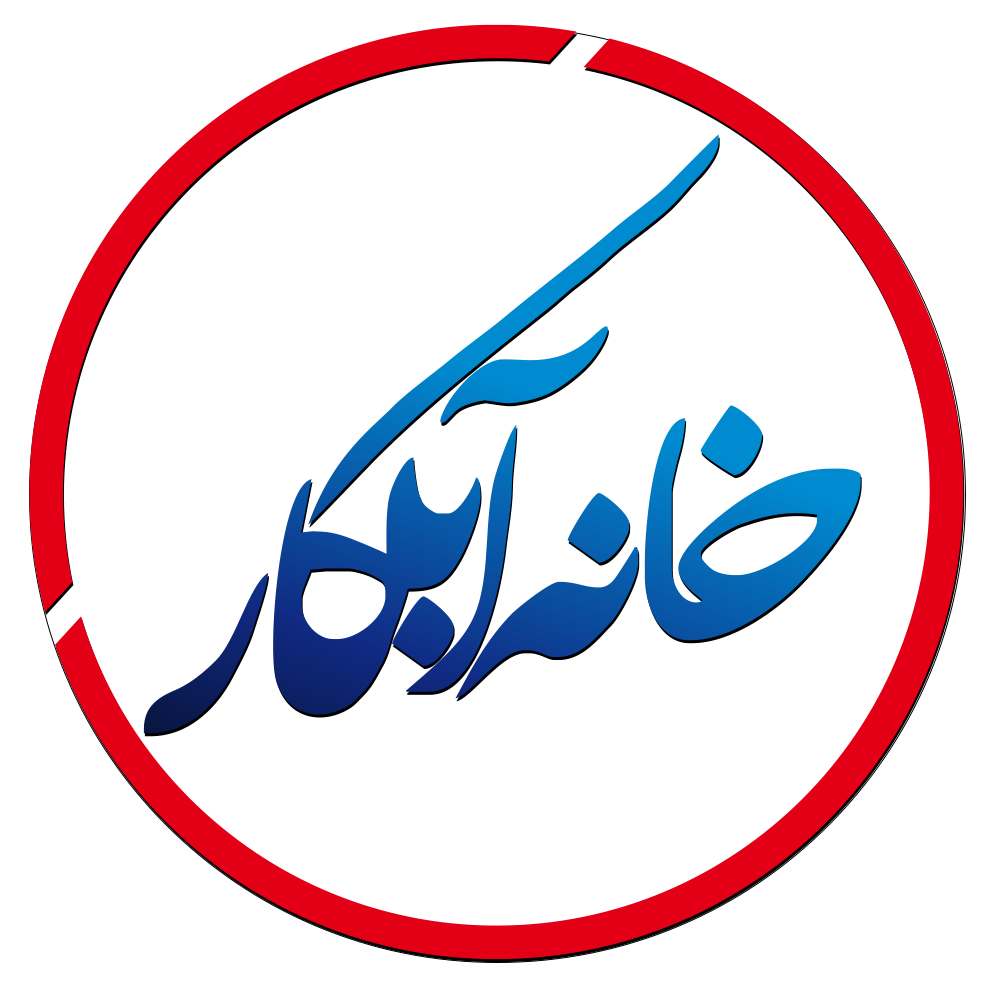

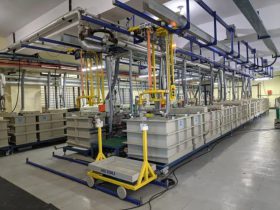

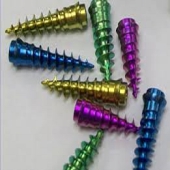
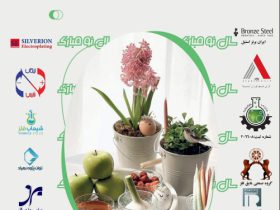



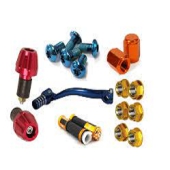
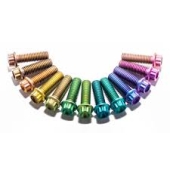
نظرتان را بیان کنید